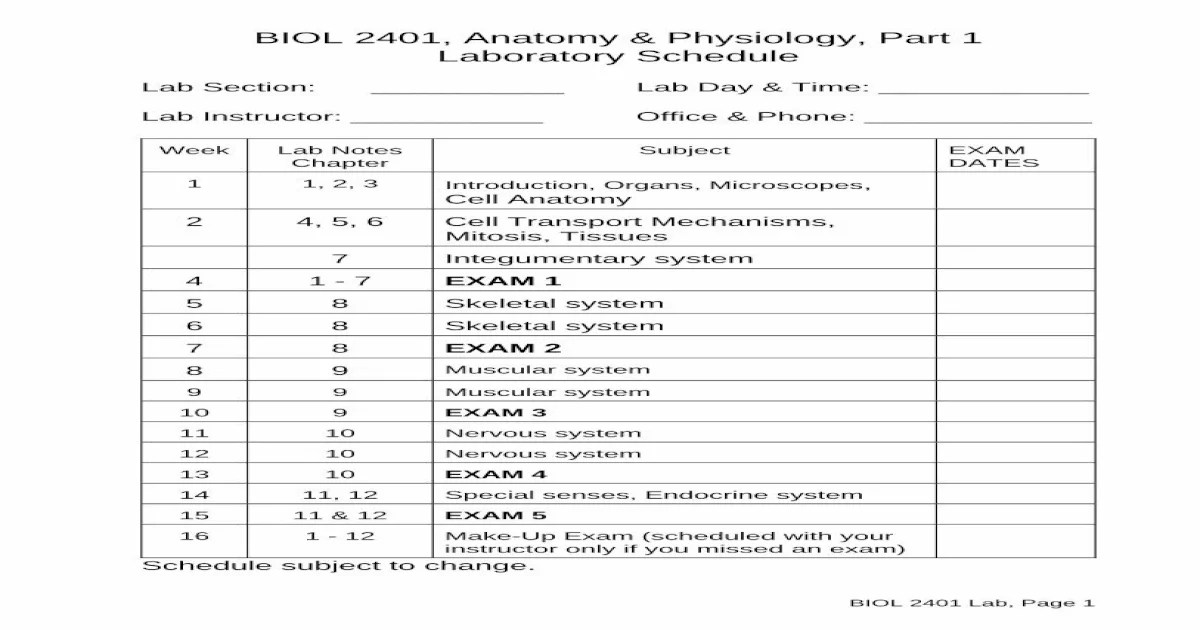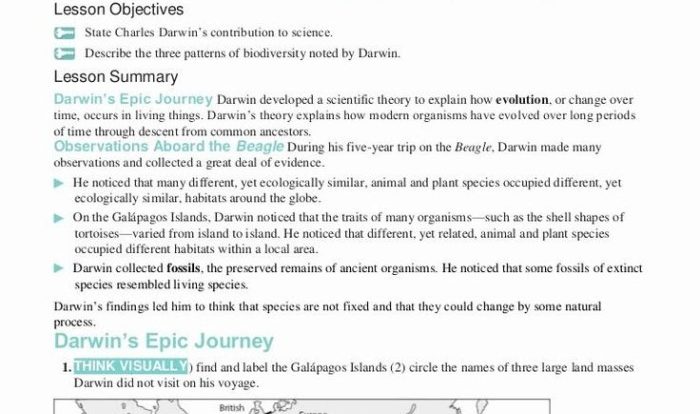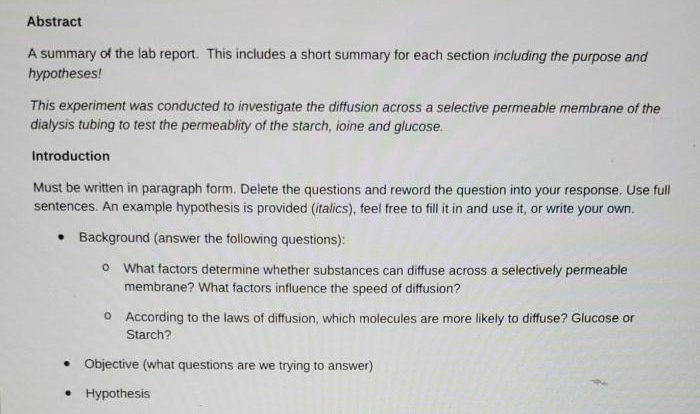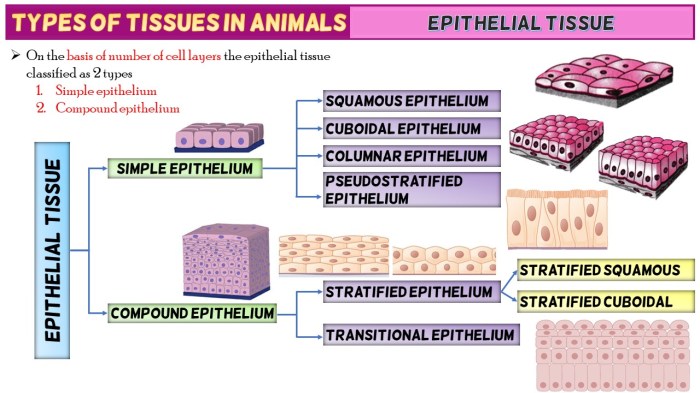BIOL 2401 Anatomy and Physiology I embarks on a captivating journey into the intricacies of the human body, unveiling the fundamental principles that govern its structure and function. This comprehensive course provides a solid foundation for aspiring healthcare professionals, fostering a deep understanding of the human body’s remarkable complexity and interconnectedness.
Through a series of engaging modules, students will delve into the skeletal, muscular, nervous, endocrine, cardiovascular, respiratory, digestive, urinary, and reproductive systems, gaining a comprehensive grasp of their anatomy and physiology. Hands-on laboratory experiences will reinforce theoretical concepts, allowing students to witness firsthand the dynamic processes that sustain life.
Course Overview: Biol 2401 Anatomy And Physiology I
BIOL 2401 Anatomy and Physiology I provides a comprehensive introduction to the structure and function of the human body. The course encompasses the study of the skeletal, muscular, nervous, endocrine, cardiovascular, respiratory, digestive, urinary, and reproductive systems. By gaining a deep understanding of human anatomy and physiology, students develop a solid foundation for further studies in the biomedical sciences and related fields.
The course objectives include:
- Understanding the principles of anatomy and physiology.
- Identifying and describing the major structures and functions of the human body.
- Comprehending the interrelationships between different organ systems.
- Applying anatomical and physiological knowledge to real-world scenarios.
The knowledge and skills acquired in BIOL 2401 are essential for students pursuing careers in medicine, nursing, physical therapy, exercise science, and other health-related fields. It provides a solid foundation for understanding the human body and its functions, which is crucial for providing optimal patient care and promoting overall health and well-being.
Basic Concepts in Anatomy and Physiology

Anatomyis the study of the structure of the body, while physiologyis the study of its function. Together, these disciplines provide a comprehensive understanding of the human body and how it works.
The human body is organized into different levels of structural organization:
- Chemical level:Atoms, molecules, and ions.
- Cellular level:Cells, the basic unit of life.
- Tissue level:Groups of similar cells that perform a specific function.
- Organ level:Structures composed of different tissues that perform a specific function.
- Organ system level:Groups of organs that work together to perform a specific function.
- Organismal level:The entire living organism.
Homeostasisis a fundamental concept in physiology. It refers to the body’s ability to maintain a stable internal environment despite changes in the external environment. Homeostasis is essential for optimal body function and survival.
The Skeletal System
The skeletal system provides support, protection, and movement for the body. It consists of bones, joints, and cartilage.
Types of Bones
- Long bones:Found in the limbs and provide support and movement.
- Short bones:Found in the wrists and ankles and provide stability.
- Flat bones:Found in the skull and pelvis and provide protection.
- Irregular bones:Found in the spine and provide support and protection.
Bone Formation and Growth
Bones are formed through a process called ossification. During this process, specialized cells called osteoblasts deposit calcium and other minerals to create bone tissue.
Bones grow in length and thickness through a process called appositional growth. In this process, new bone tissue is added to the surface of existing bone.
The Muscular System
The muscular system allows for movement and supports the body. It consists of muscles, tendons, and ligaments.
Types of Muscles, Biol 2401 anatomy and physiology i
- Skeletal muscles:Attached to bones and provide voluntary movement.
- Smooth muscles:Found in the walls of organs and provide involuntary movement.
- Cardiac muscles:Found in the heart and provide the rhythmic contractions necessary for pumping blood.
Muscle Contraction and Relaxation
Muscle contraction occurs when specialized proteins called actin and myosin slide past each other. This process requires energy in the form of ATP.
Muscle relaxation occurs when the actin and myosin filaments are separated, allowing the muscle to return to its resting state.
Common Queries
What are the prerequisites for BIOL 2401?
Prerequisites may vary depending on the institution, but typically include introductory courses in biology and chemistry.
How is BIOL 2401 typically taught?
BIOL 2401 is typically taught through a combination of lectures, laboratory sessions, and online learning modules.
What are the career opportunities for individuals with a strong foundation in anatomy and physiology?
Individuals with a strong foundation in anatomy and physiology are well-prepared for careers in medicine, nursing, physical therapy, occupational therapy, and other healthcare professions.


